The Bright Underside of the Willem II Passage
If you’ve ever walked underneath a freeway or bridge, you know that it can be an intimidating experience. More often that not, it’s a hasteful walk to get to the other side, with cars, trains, and trucks that weigh many more tons than you whizzing above your head. During the day, it can be an uncomfortable walk. At night, depending on the neighborhood, it can be a dreadful one, with potential dangers lurking in every shadow.
In Tilburg, a city in the southwestern part of the Netherlands, Civic Architects pulled out all the stops to animate the underside of one overpass linking the city center with a once neglected, now redeveloped part of town known as De Spoorzone. Officially called the Willem II Passage (an extension of Willem II Street), it serves as a safe and convenient cultural space and point of connection.
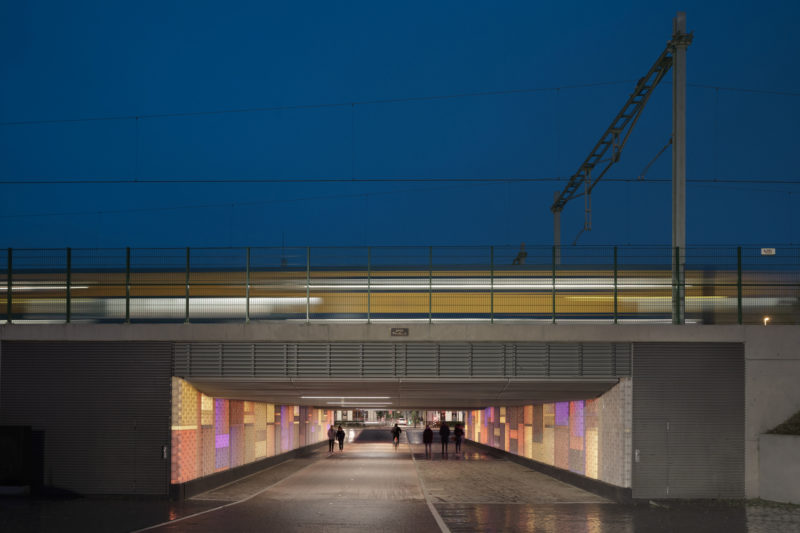
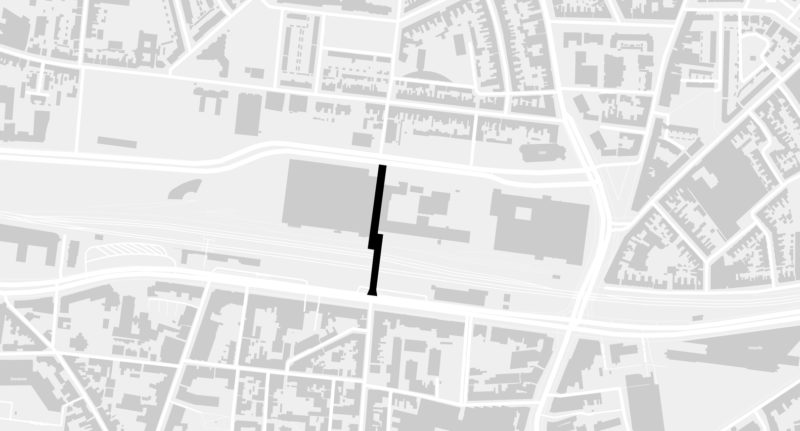


Just behind the passage’s structural concrete walls rests an inner façade chalk full of familiar elements — all of them presented at familiar scales but comprised of unfamiliar materials. Civic Architects consulted Van Tetterode Glass Studio and Philips Lighting about the 30,000 LEDs they ended up morphing into an interactive wall, all of them enclosed behind a glassy bond of sculptural bricks for a crystalline appearance. Programmed with an algorithm that’s responsive to pedestrian movement, time of day, and weather, the wall transforms into a living surface of diffused light without warning, accompanying people as they go by.
The passage serves as an inviting link between two areas — one that people do not fear passing through. The architects opted for glass bricks instead of a more high-tech material because they wanted to bring a human scale to the underside of an otherwise oversized piece of infrastructure. The bricks have an almost natural look to them, despite their having been stacked in an overtly purposeful pattern. The result is a continuous visual connection between the passage and Tilburg’s other architectural wonders, particularly the ones on Willem II Street. People have become so comfortable with the passage that they’ve even started using it for cultural activities and events.
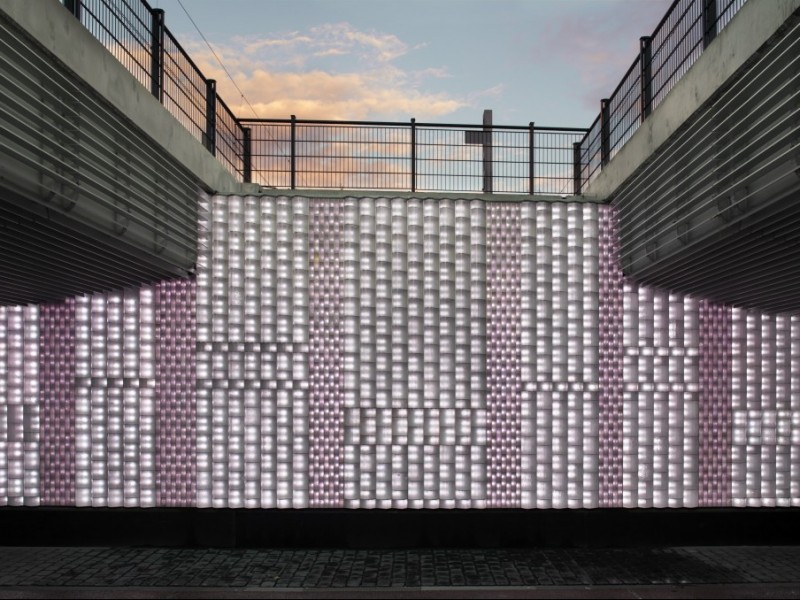
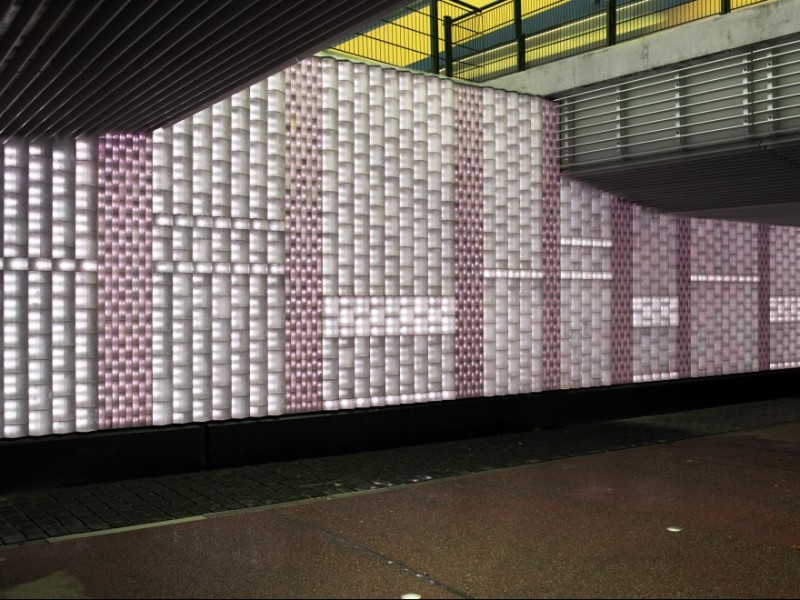
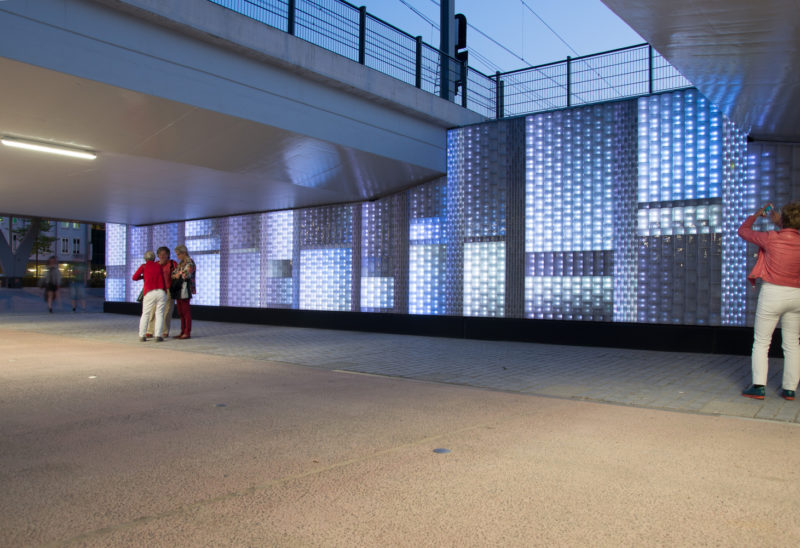

For years, much has been written about unwelcoming urban spaces and their lack of safety. How urban planning and design have failed vulnerable users of the city like minors, the elderly, and the disabled. How smaller conveniences that tend to make a place more user-friendly often get forgetten. Bus stops are too far from each other, parks and plazas don’t have enough seating, and the underbellies of bridges are far too dark. All of these things are all examples of how urban design can end up being a major obstacle to a city’s inhabitants.
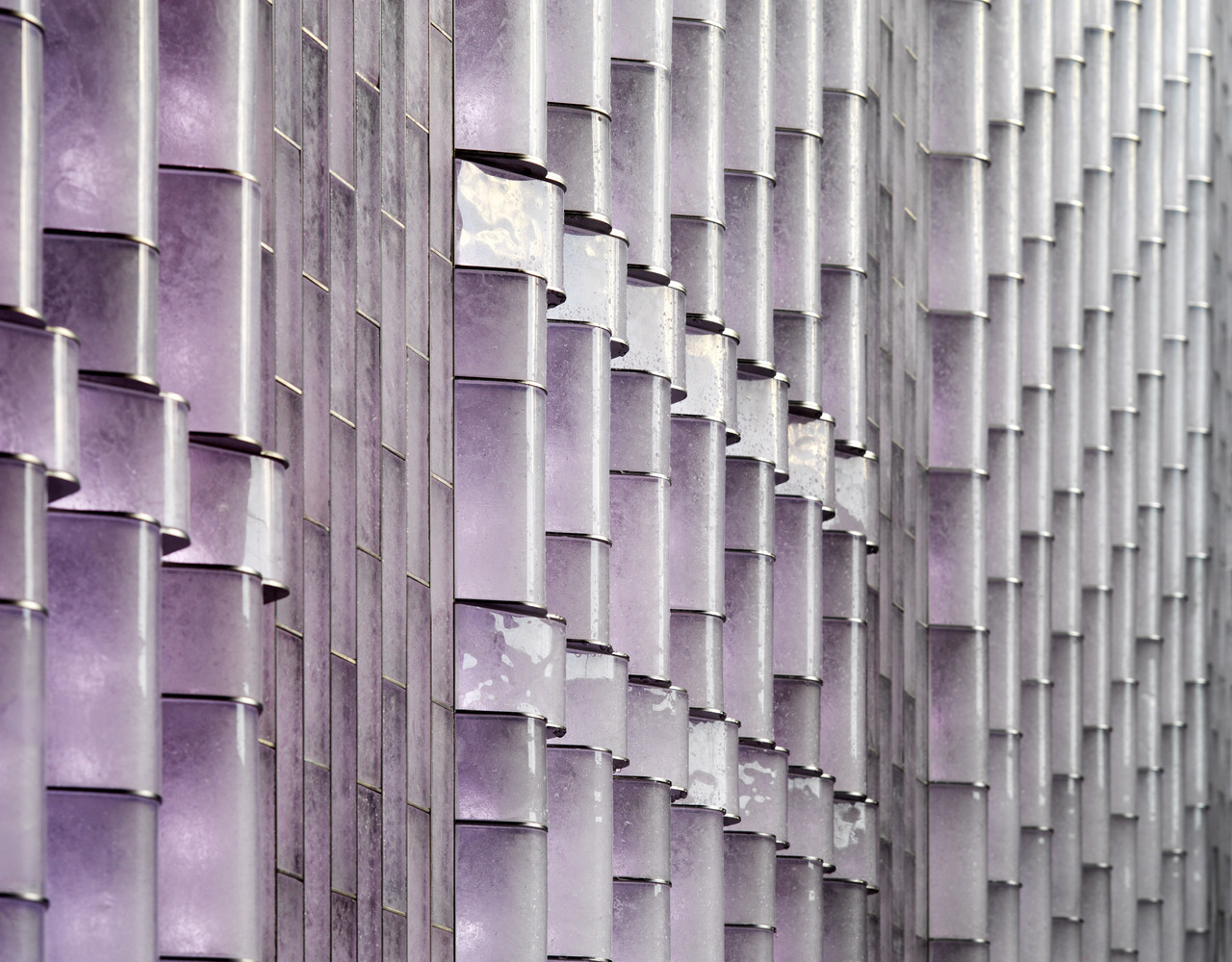
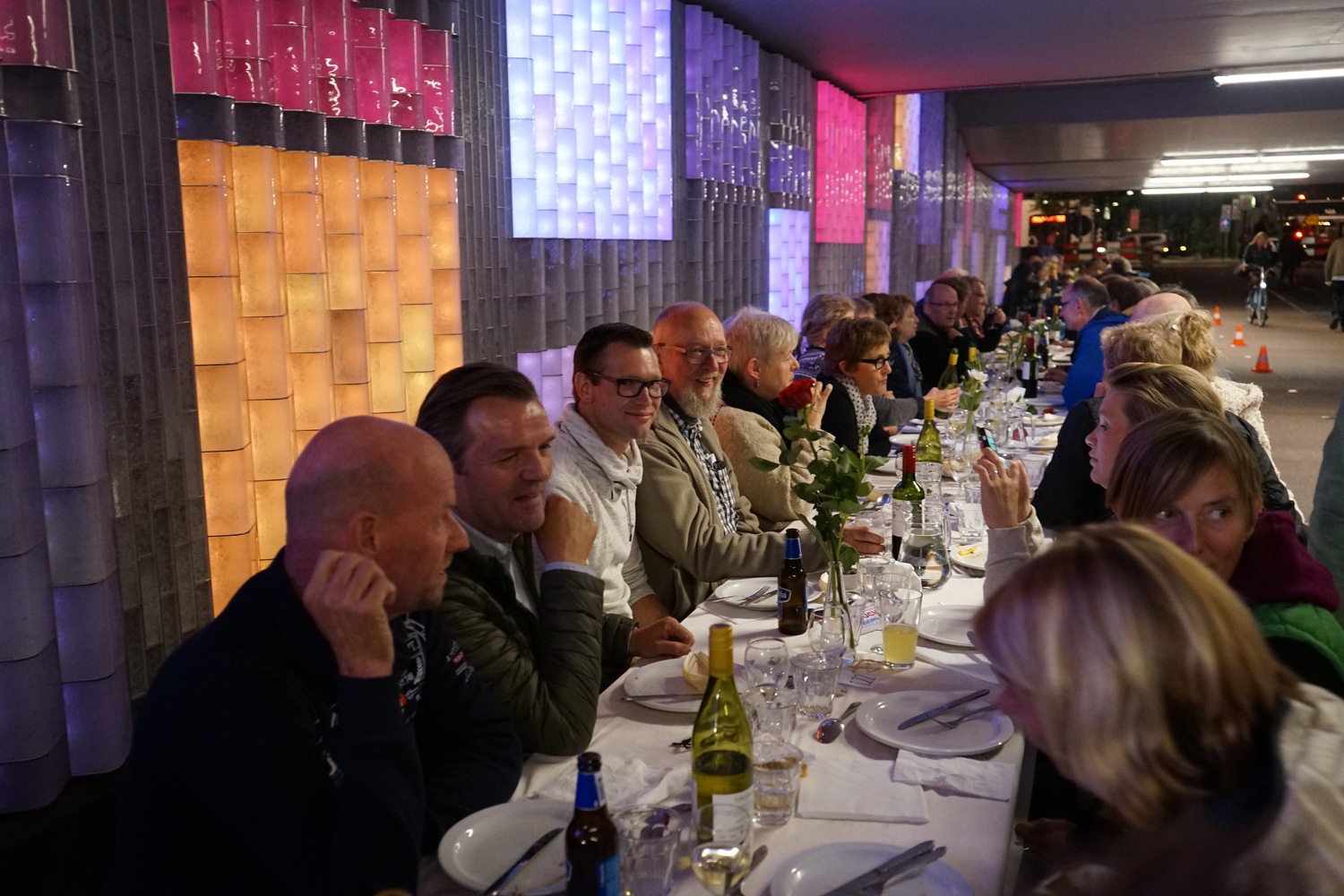
Luckily enough, the Willem II Passage is far from being any kind of obstacle. Unless people are in a hurry, there is no reason to hurry when walking through it. They may even find enough time to have a little dance, with the train rattling above and the high-tech wall around them mimicking their every move.




